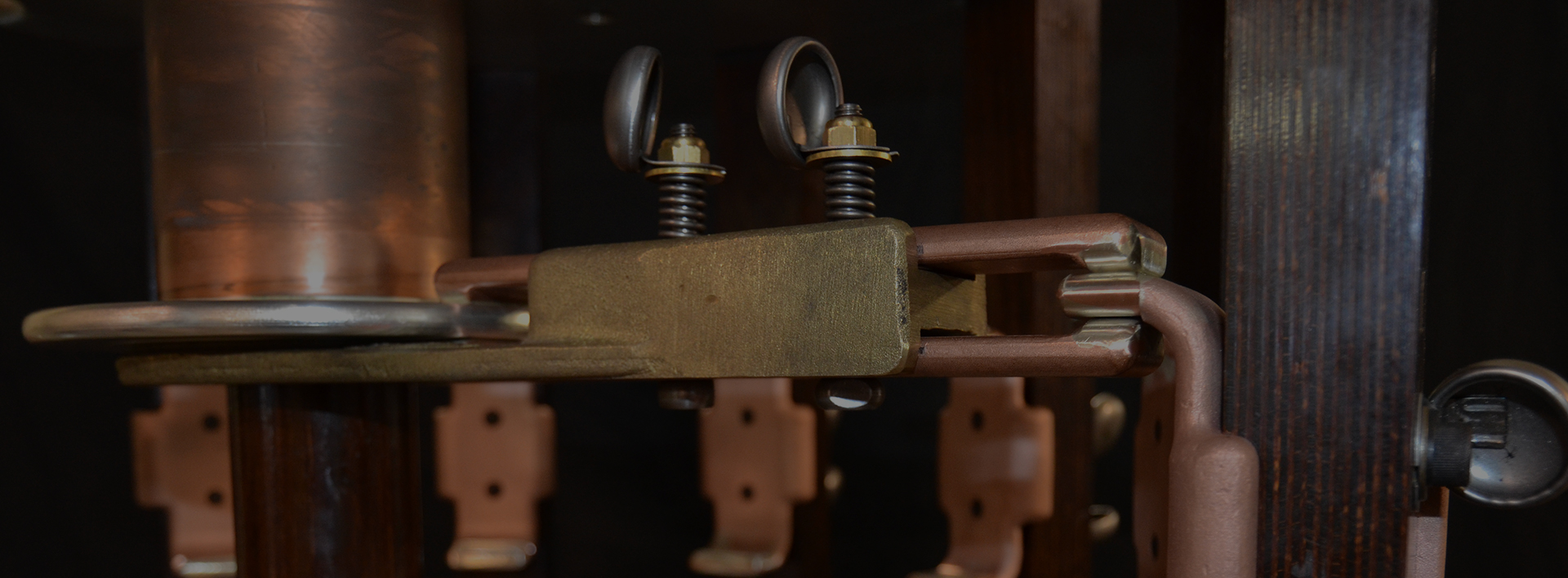Coating / Plating for electric connection
Metal coating (plating) are often applied to the surface of electrical conductor, connecting parts and bus connection joints to improve solderability, reduce oxidation (corrosion) and improve electrical properties (conductivity, hardness, emissivity, skin effect, etc.). The most common coating (plating) materials used with copper conductors are Tin and Silver. Copper and Nickel coating are often used as under layer. Tin is the most common coating material used with copper conductor at the service temperature up to 150°C. At higher temperatures, Silver and Nickel coating are often used to minimize oxidation.

